Disclosure: We may get commissions for purchases made through links in this post.
Cracks in concrete are unsightly and can be a sign of structural problems. Stamped concrete does not come cheap, so before installing it, you may wonder if it will crack at some point, just like regular concrete. We have consulted with masonry experts to answer your question, and here is a breakdown of what we gathered.
Stamped concrete does crack. Like any other hardscape material, exposure and use over time can cause deterioration on stamped concrete, or cracks, in this particular case.
When it comes to preventing cracks or repairing cracked stamped concrete, there are many factors that you should put into consideration. To help you maintain your stamped concrete, we would extensively discuss how you can repair stamped concrete and prevent cracking in the first place. So read on!
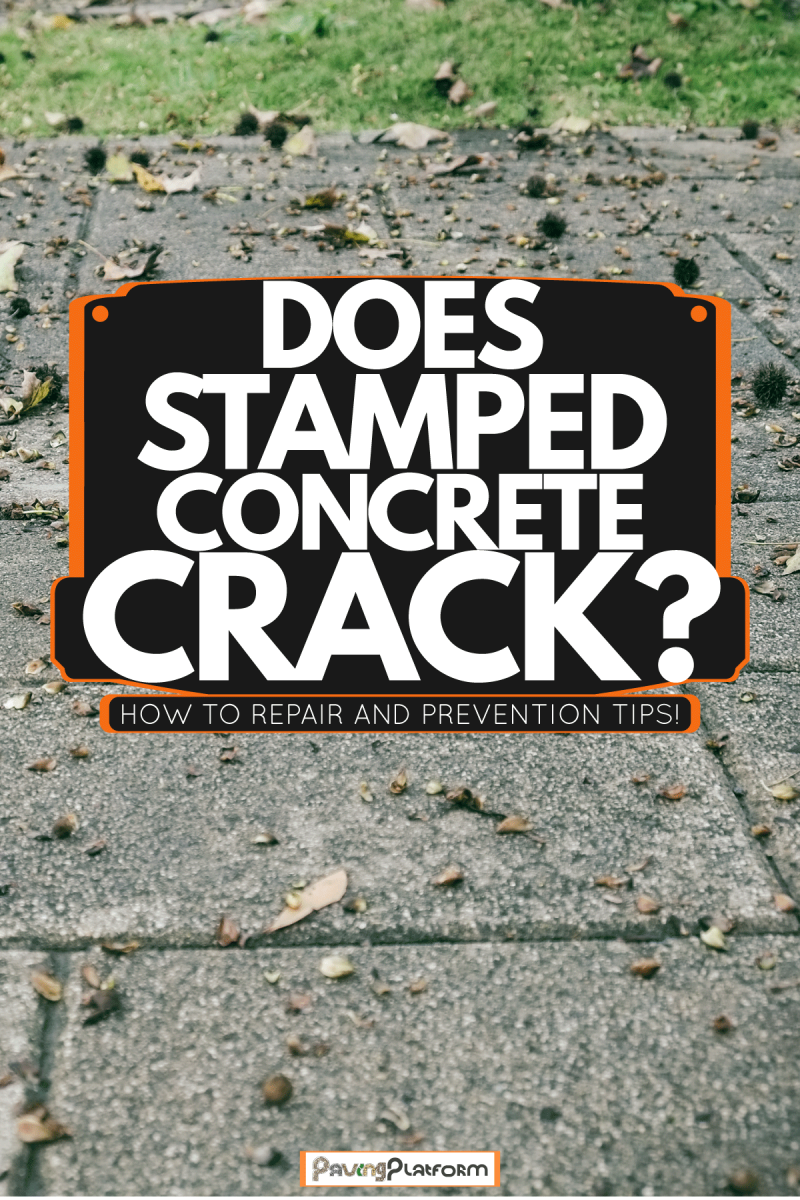
Cracking in Stamped Concrete
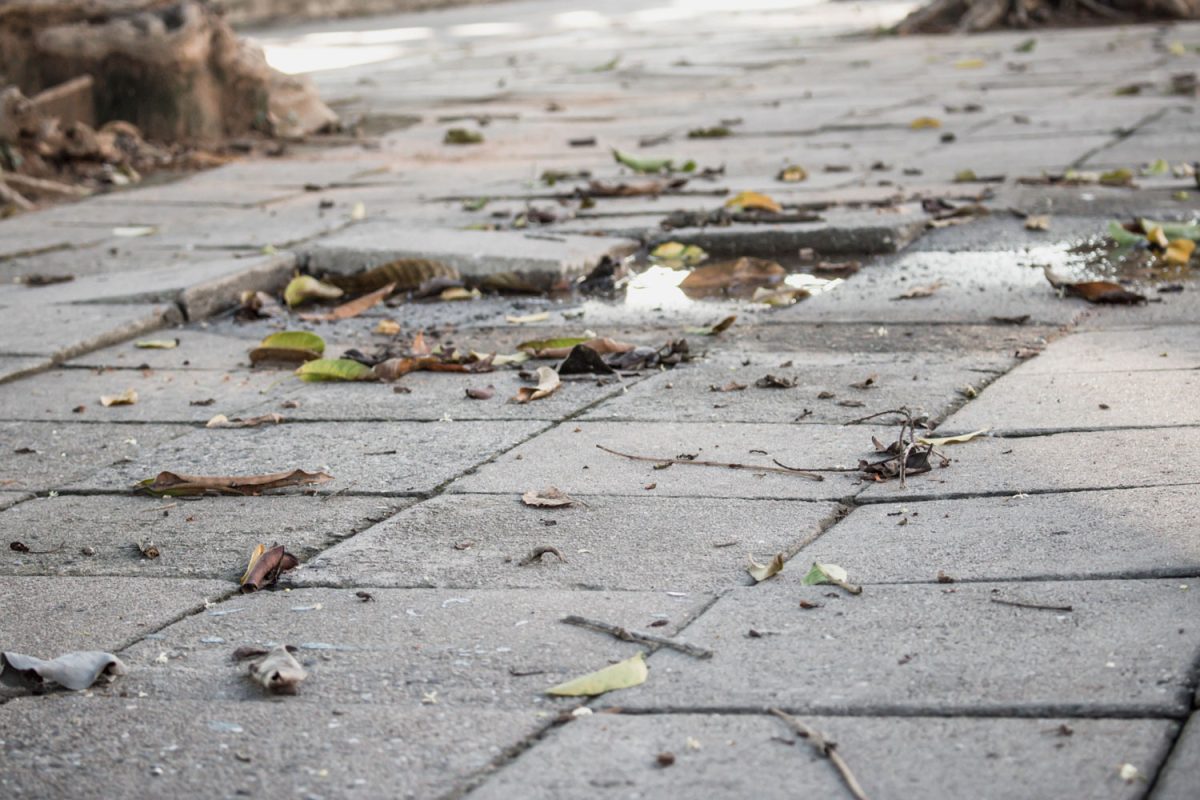
Cracks in stamped concrete are a common problem. They can occur for several reasons and affect the tidy look of your stamped concrete. Cracks in concrete can be expensive to repair, but it is not impossible. Keeping these cracks from happening is the best way to avoid repairing them later on down the line.
Here are some essential points to note regarding cracks in stamped concrete:
- Installing the stamped concrete properly and applying sealers for maintenance can help prevent cracks.
- If eventually cracks appear, they can easily be corrected by resealing with sealers for a new or more appealing look.
Unlike other paving options or materials, stamped concrete requires less maintenance due to its durability and weather resistance, enabling it to last for decades when correctly installed.
How Resistant is Stamped Concrete To Cracking?
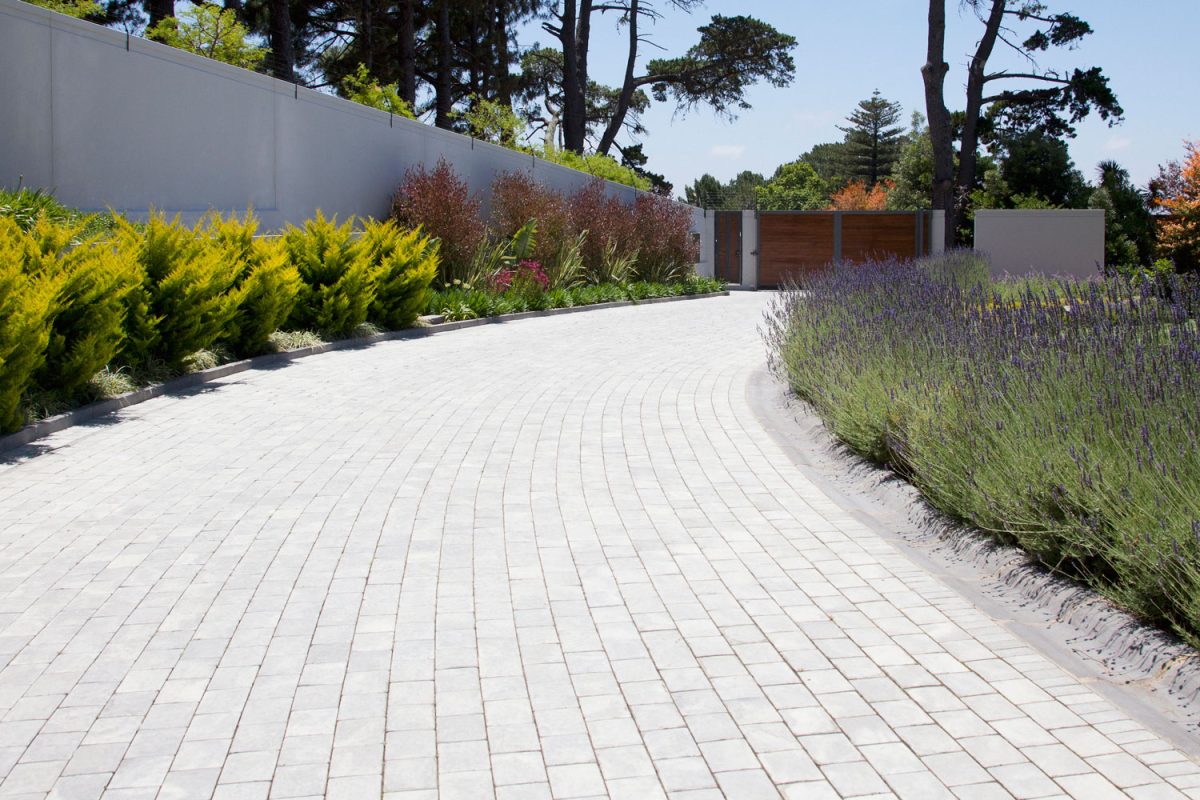
Often, people mistake the imprinted designs on the concrete for cracks. However, these patterns are a part of its aesthetic appeal. Unlike cracks, weeds do not grow through these patterns to disturb the concrete's foundation. If the stamped concrete shows minor cracks, those cracks often appear undetectable as they naturally blend in with the pattern and joint lines.
The resistance of stamped concrete to cracking also depends on the careful steps taken in its initial installation, especially if a color hardener was used during layering and sealers applied to protect it from wear and cracks.
How To Repair Stamped Concrete
Stamped concrete, just like conventional concrete, is very resistant to cracking due to the strength of its component materials and chemicals. Most concrete can withstand any weather. But surface cracks have consistently been proven to be a recurring issue with stamped concrete, especially during the cool spring and warm fall seasons.
With more exposure and usage, cracks may inevitably start to appear, and hence there will be a need for repair. If the stamped concrete on your patio starts showing signs of cracking, then you should start making plans for its repair, as delay could lead to more damage and additional repair costs.
Resealing is a vital repair process. It is simply the process of renewing stamped concrete to make it appear new. This particular process is beneficial not only for cracked concrete but concretes that are flaking or fading off.
Step-by-Step Procedure For Repairing Stamped Concrete
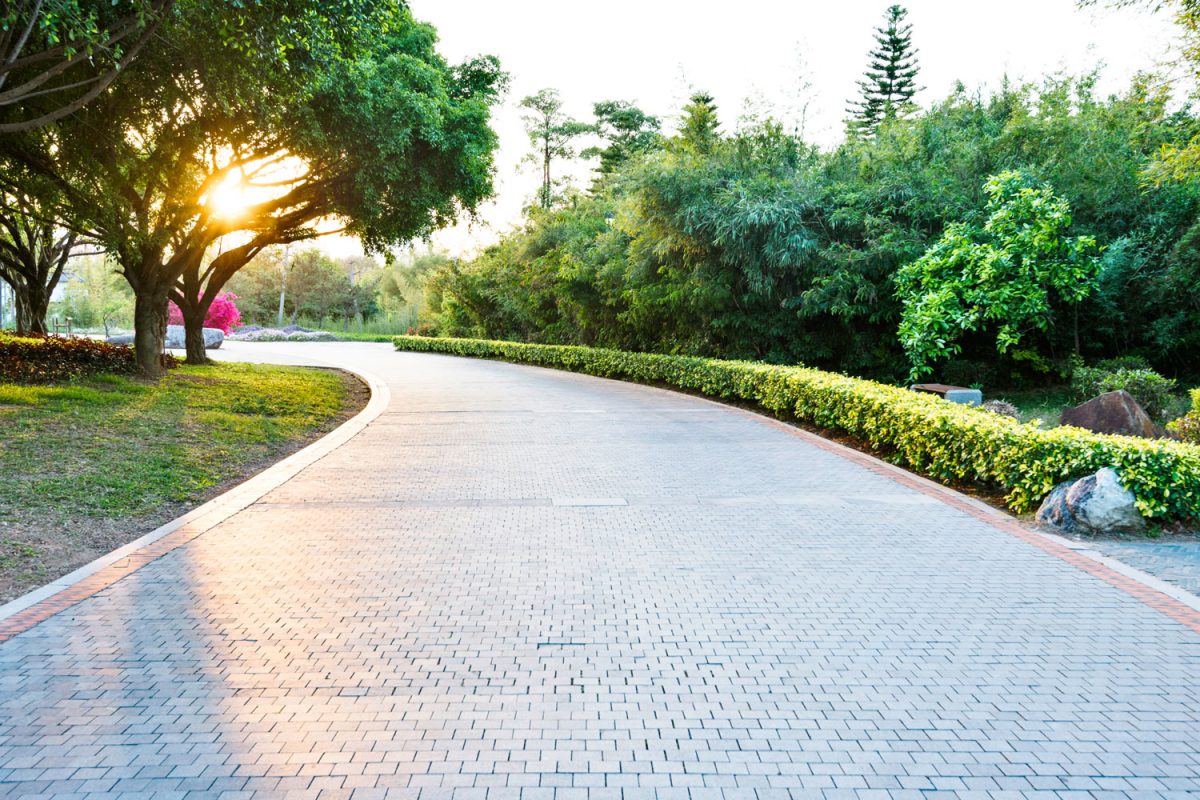
Below are the procedures you should take in repairing cracked stamped concrete:
Preparing The Surface
The first step in the repair process is to clean the surface to remove any debris clogged into the cracks.
Patching Mixture
The type of patching mixture to be used depends on the nature of the crack. To prepare a patch mixture for your stamped concrete, mix a measurable amount of water and concrete bonding material to form a paste.
When the paste is formed, ensure that the color of the paste matches the stamped concrete. You can purchase the appropriate dying agent to add to the patching mixture.
Application of Patching Material
The application of the patching material depends on the kind of crack. For minor cracks, you can use your fingers for application. However, ensure you put on gloves to make filling the cracks smoother. After filling the cracks, use a damp sponge to smoothen the edges to give a uniform appearance. For larger cracks, a trowel should be used to smoothen the edges.
Restamping
Restamping is vital in ensuring that the repaired concrete follows the same pattern as the existing stamped concrete; you can obtain the same pattern used during installation. The stamped pencil is pressed against the fresh concrete and is left for a period of 24 hours after which it is removed, and the surface is cleaned with soapy water and left to dry.
Sealing
The final step is the sealing process. It's recommended to seal the repaired area with concrete sealant as this would help protect and preserve the stamped concrete from further damage.
How To Prevent Stamped Concrete from Cracking

Stamped concrete is one of the most long-lasting and durable paving materials, and as such, it requires less maintenance than most other paving materials. However, its high durability doesn't mean it can't crack. Therefore necessary measures should be taken to prevent or reduce the frequency of these cracks.
Some of these measures include:
Cleaning and Resealing
It is advisable to carry out the cleaning, resealing, and regular maintenance of stamped concrete every 2 to 3 years on average. However, this depends on the usage or weight the stamped concrete is consistently exposed to, such as foot traffic, cars, weather, etc.
Before each resealing, primary cleaning agents such as a pressure washer, garden hose, and some mild detergents should be used to remove any debris that may interfere with the cleaning process.
Also, the use of color hardeners and sealers makes the surface of stamped concrete more potent and more resistant to cracks. It prevents the penetration of water, stains, dirt, and chemicals that could internally weaken the concrete.
Ensure Proper Installation
The best way to prevent stamped concrete from cracking is by ensuring that the proper measures are taken into consideration during installation. Such necessary measures are as follows:
- Accurate measurements: This involves precise measurements of the area where you want to install the patio or stamped concrete.
- Digging: This involves digging around the perimeter with a precise depth and removing whatever objects or blockages that could constitute an interference, such as trees, etc. Of course, necessary consultation should have been done previously to ensure water lines are not struck during the digging process.
- Use the proper mixtures: The usual mix of water for concrete is 15% to 45%. Ensure this measurement is kept in the mixture to produce more durable slabs with the necessary toughness and strength.
How Long Does Stamped Concrete Last?
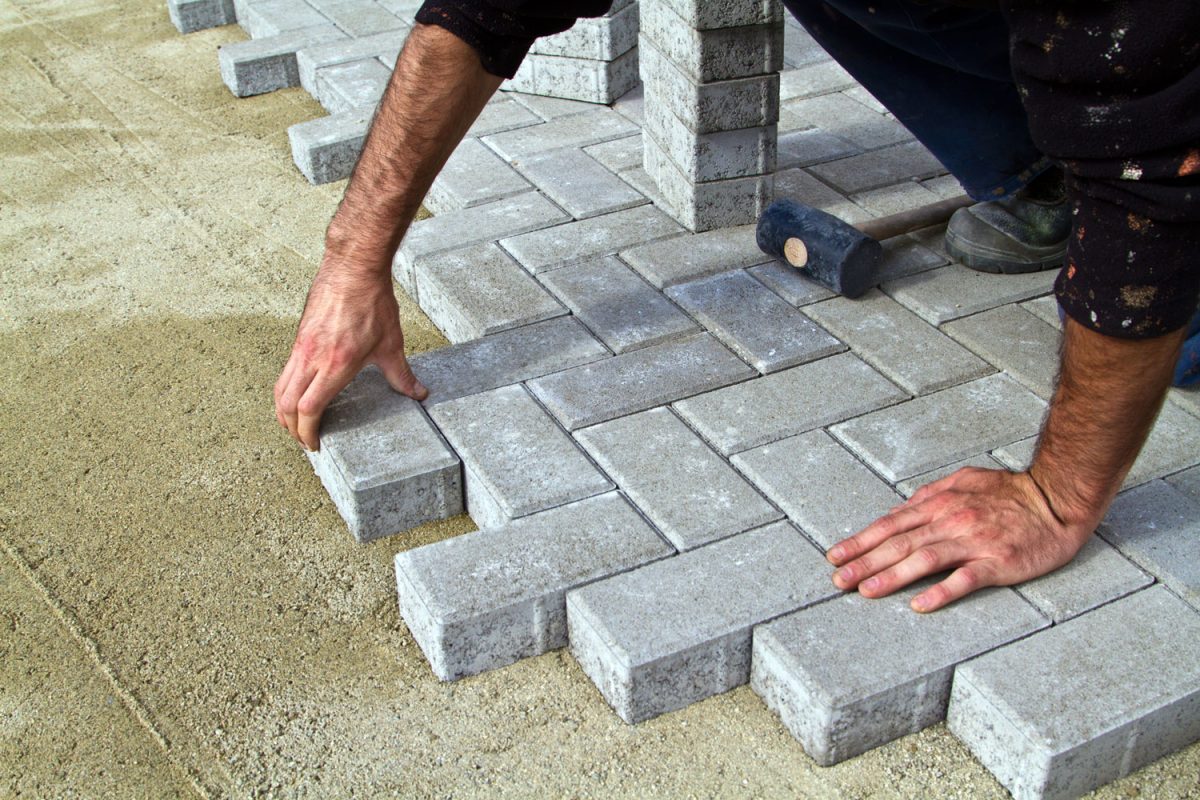
Beyond aesthetic usefulness, durability is of uttermost importance. Stamped concrete, just like the name implies, is concrete that is poured into an area and stamped into a pattern, often making use of dyes to increase its appeal.
When done and properly installed, it tends to last long. It can last for decades, and with proper maintenance, this could span over 20 to 25 years. Especially if the stamped concrete was stamped when slightly dry but still malleable and each slab had an equal depth across the paved area.
Depending on the weight the stamped concrete is consistently exposed to, such as a driveway, it may need a replacement within a shorter time. Also, most contractors apply a sealer to stamped concrete to protect it from wear and crack, thus making it easier and less expensive to maintain over time. The procedures involved at the initial installation of the stamped concrete will go a long way to determine its longevity as the years go by.
Pros and Cons To Consider Before Installing Stamped Concrete
Pros
- Compared to natural stone, brick, or other pavers, stamped concrete is more affordable.
- Stamped concrete enhances outdoor looks with its neatly arranged outlay.
- There is an almost limitless possibility with stamped concrete when it comes to patterns or colors.
- Stamped concrete, when sealed, is easy to maintain due to its durability.
- Stamped concrete is slip-resistant, especially when it has been well treated.
Cons
- Stamped concrete is susceptible to cracks.
- It requires periodic maintenance and cleaning.
- Repairs can be complicated to manage, especially if you are doing it yourself.
- Stamped concrete is more expensive than your regular paving.
To Wrap Up
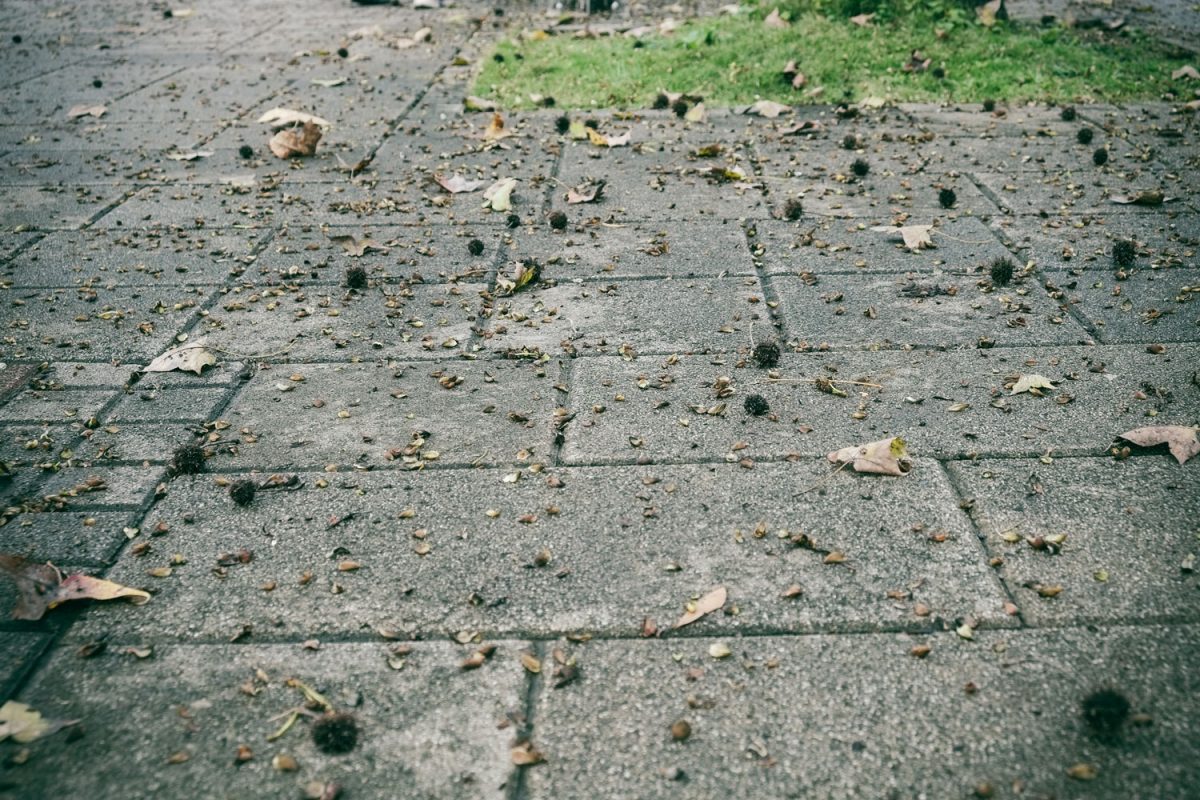
If your stamped concrete has cracked and needs repairs, getting the proper fix should not be a problem, mainly if you apply the tips provided in this post. Beyond repairs, the best precaution to take is prevention, which you should note at the installation stage.
Now it's left to you to take the necessary steps in ensuring your stamped concrete would require minimal maintenance over the years. If you want to know more about stamped concrete, you can read these insightful articles: "Poured Concrete Vs. Pavers, Which is Better," or "Can You Paint Concrete Pavers?"

![Vibrant Red Paver Stone Path, Can You Spray Paver Sealer? [How To Apply It]](https://pavingplatform.com/wp-content/uploads/2022/04/Vibrant-Red-Paver-Stone-Path-600x400.jpg)
![Properly laid out red pavers for a garden, Can You Tint Paver Sealer? [And How To]](https://pavingplatform.com/wp-content/uploads/2022/04/Properly-laid-out-red-pavers-for-a-garden-600x400.jpg)
